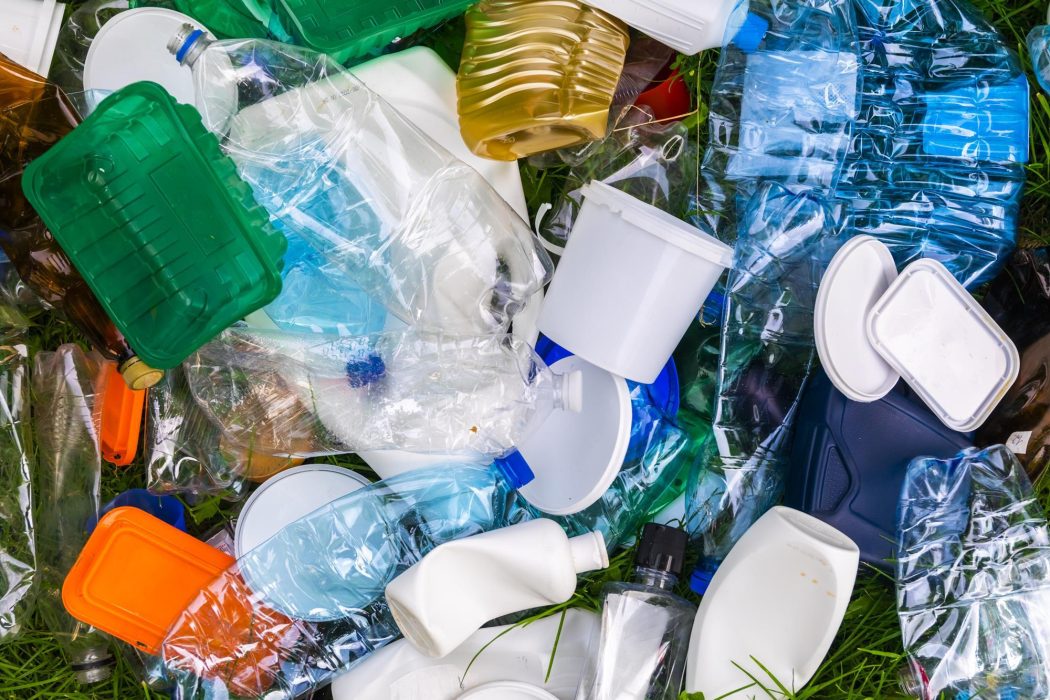We need a new perspective on plastics. Despite significant pressures to reduce the use of plastics and warnings of its environmental impact, plastics play a vital role in achieving a sustainable world and enabling continued societal advancement.
How the plastics industry can make plastic work better for the environment
Without plastic packaging, food waste would be even greater. Every year in the US, about 30 to 40% of the food we grow goes uneaten, according to the US Department of Agriculture and the American Chemistry Council says that the longer a food item stays fresh, the greater its chance of being eaten.
Plastics play a vital role in preserving food and preventing loss. It helps reduce food spoilage by providing a protective barrier and extending the shelf life of food, guarding against light, oxygen, heat, and humidity that can degrade perishable foods and beverages.
To take one example, plastic film can increase the shelf life of meat by ten times compared to traditional cutting food waste by 75%. We see similar benefits for a wide range of foods.

Eliminating plastics would add to waste, reduce food security and availability, and contribute to increasing the cost of food – at a time when high inflation across countries is already stretching household budgets.
If we want to feed the world and protect the environment, it’s critical to recognize that plastics must continue to have a place in our food systems even as we work together to minimize the material’s environmental impact.
Plastics waste is a growing problem
Plastic waste has doubled in the last two decades and is set to triple again by 2060. According to the OECD, globally, only 9% of plastic waste is recycled. The rest is incinerated (19%), dumped in uncontrolled sites (22%), or ends up in regulated landfills (50%).
Faced with a growing problem, governments have begun to act. In 2002, Bangladesh became the first country to ban thin plastic bags, reflecting their role in clogging drainage systems and causing or exacerbating flooding.
Most recently, California signed SB 54 into law last year. It’s a bill that by 2032 will require all packaging in the state to be compostable or recyclable. It also requires that by 2032 100% of packaging in the State of California be recyclable or compostable, 25% of plastic packaging be cut, and 65% of all single-use plastic packaging be recycled.

As California’s new law recognizes, reducing plastics is only one part of the solution. Plastics will still be essential not just to protect food but also for various other uses, including pharmaceuticals for packaging pills, medical devices and filtration, and critical medical supply infrastructure.
Moreover, alternatives are not necessarily better for the environment. Plastic is also often lighter than other options, for instance, which means less fuel and lower greenhouse gas emissions to transport it.
One study calculated that replacing plastic packaging in Europe with alternatives would boost packaging mass by a factor 3.6 and increase GHG 2.7 times – by 61 million tonnes of CO2.
Indeed, plastic’s light weight is the reason it’s a key material in the manufacture of electric vehicles, where it’s used in place of metal to reduce mass and power requirements. As the push for increasing electrification continues, we can expect plastics usage to increase dramatically.
We need to reduce plastic packaging, but also recycle more of it. As noted in California SB-54, the legislation also requires that 65% of all single-use plastic packaging be recycled by 2032.
A workaround that can revolutionize recycling
Since critical properties of mechanically recycled plastics are too compromised for use in food packaging, virgin material derived from fossil sources is typically required. However, there may be a workaround.

Honeywell’s UpCycle Process Technology employs an industry-leading molecular conversion, pyrolysis, and contaminants management technology to convert waste plastic to Honeywell Recycled Polymer Feedstock.
This can then be used to create new plastics. And it can do so repeatedly, breaking down waste plastic into its molecular building blocks to create a recycled polymer oil (RPO) that can be used to create new, virgin-quality plastic, closing the circularity loop even.
When used in conjunction with other chemical and mechanical recycling processes — along with improvements to collection and sorting — Honeywell’s UpCycle Process Technology has the potential to help recycle nearly 90% of waste plastics. This would represent a considerable increase in the amount of waste plastics that can be turned into polymer feedstock.
It could be a critical technology in our move towards a circular economy, where we continue to reap the benefit of plastics for protecting food and other uses — without costing the earth.
